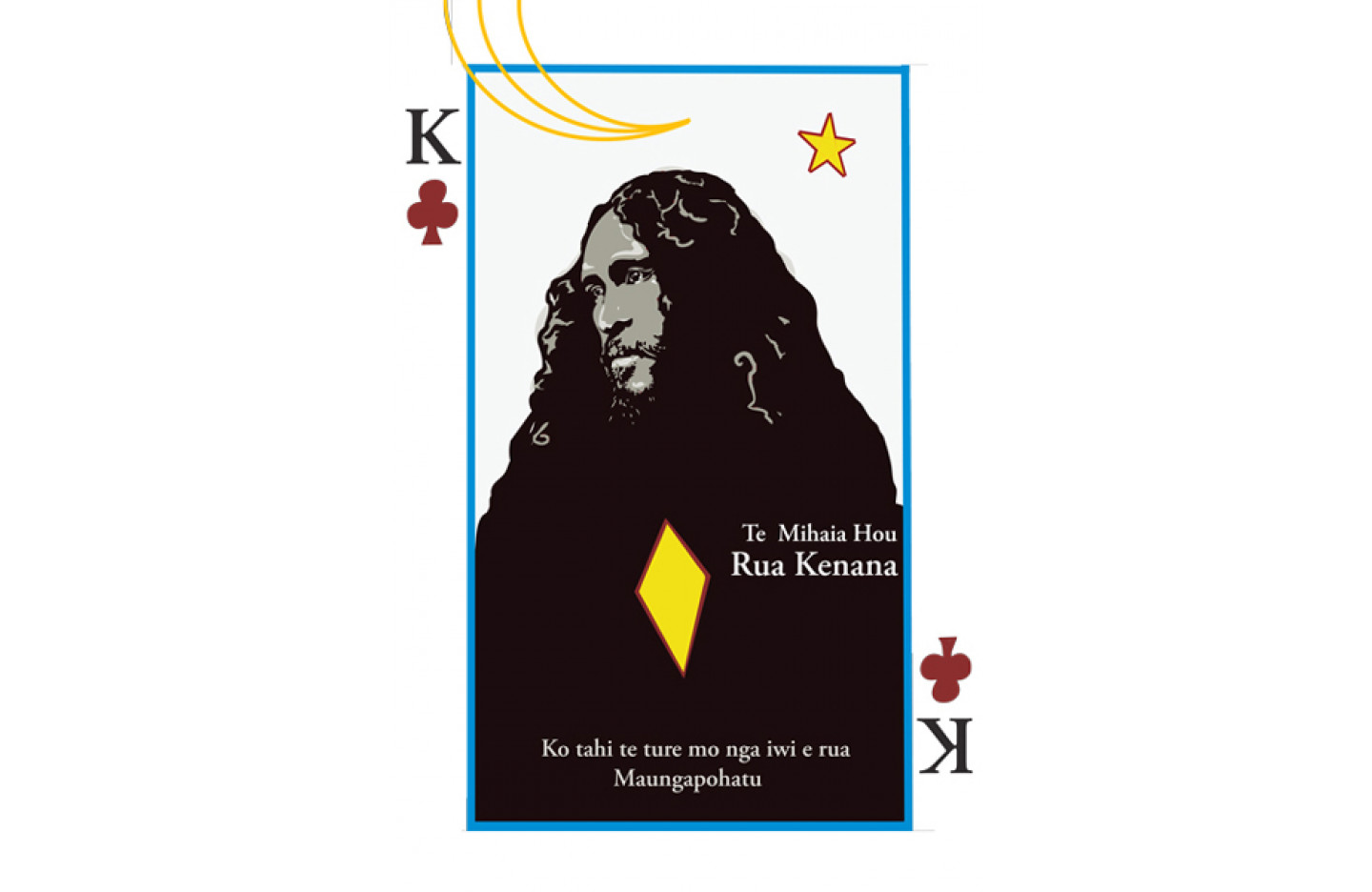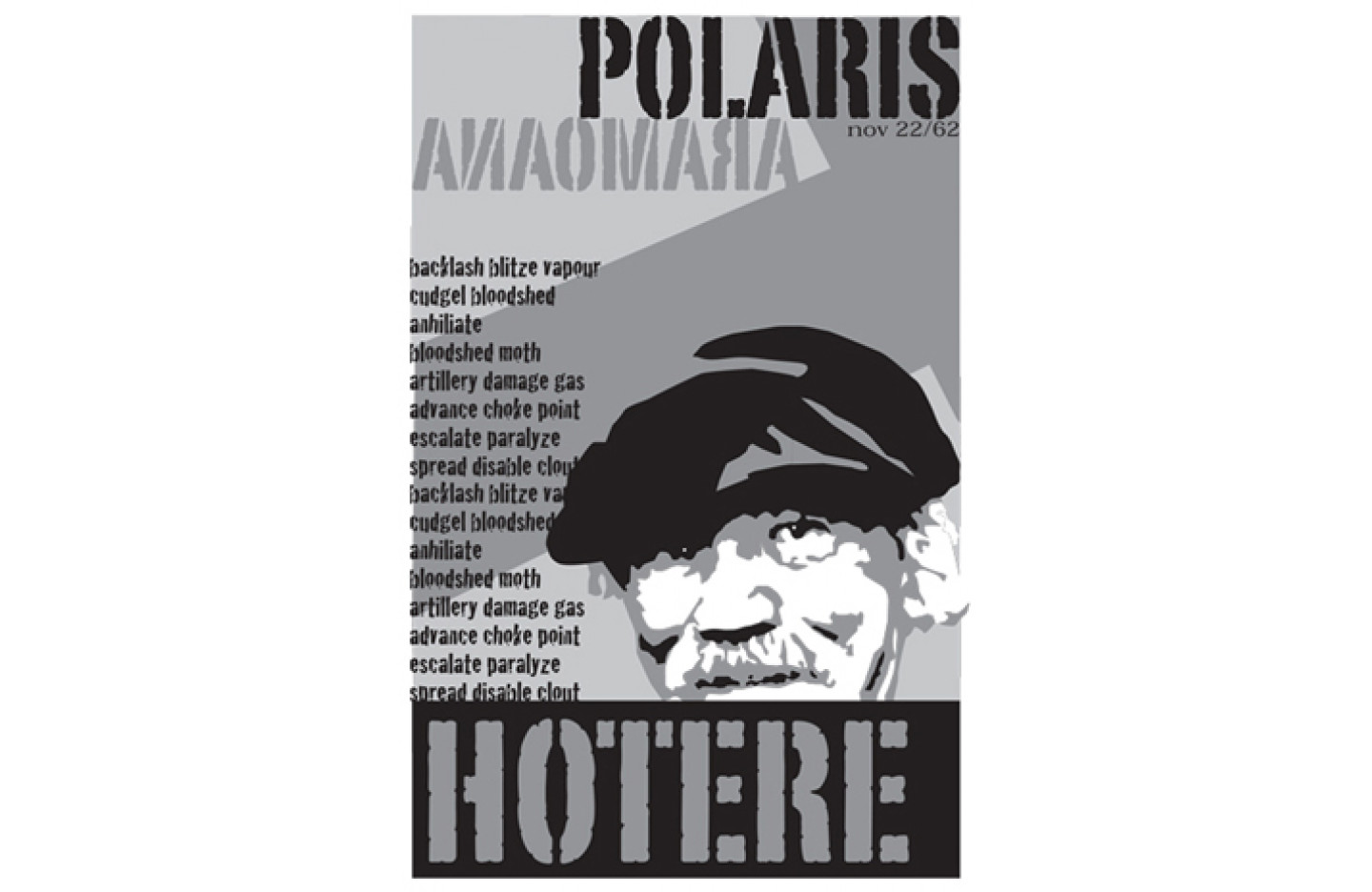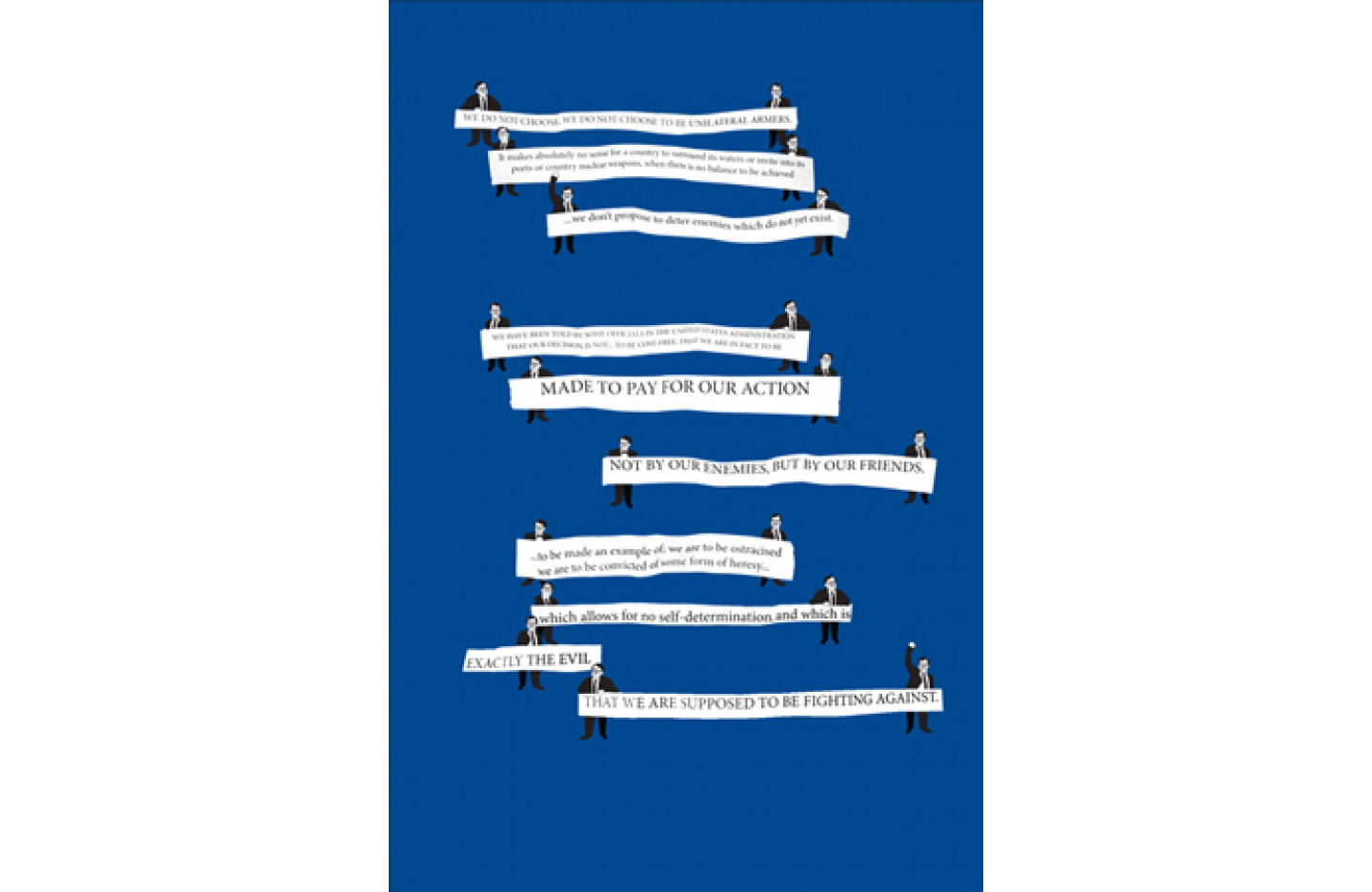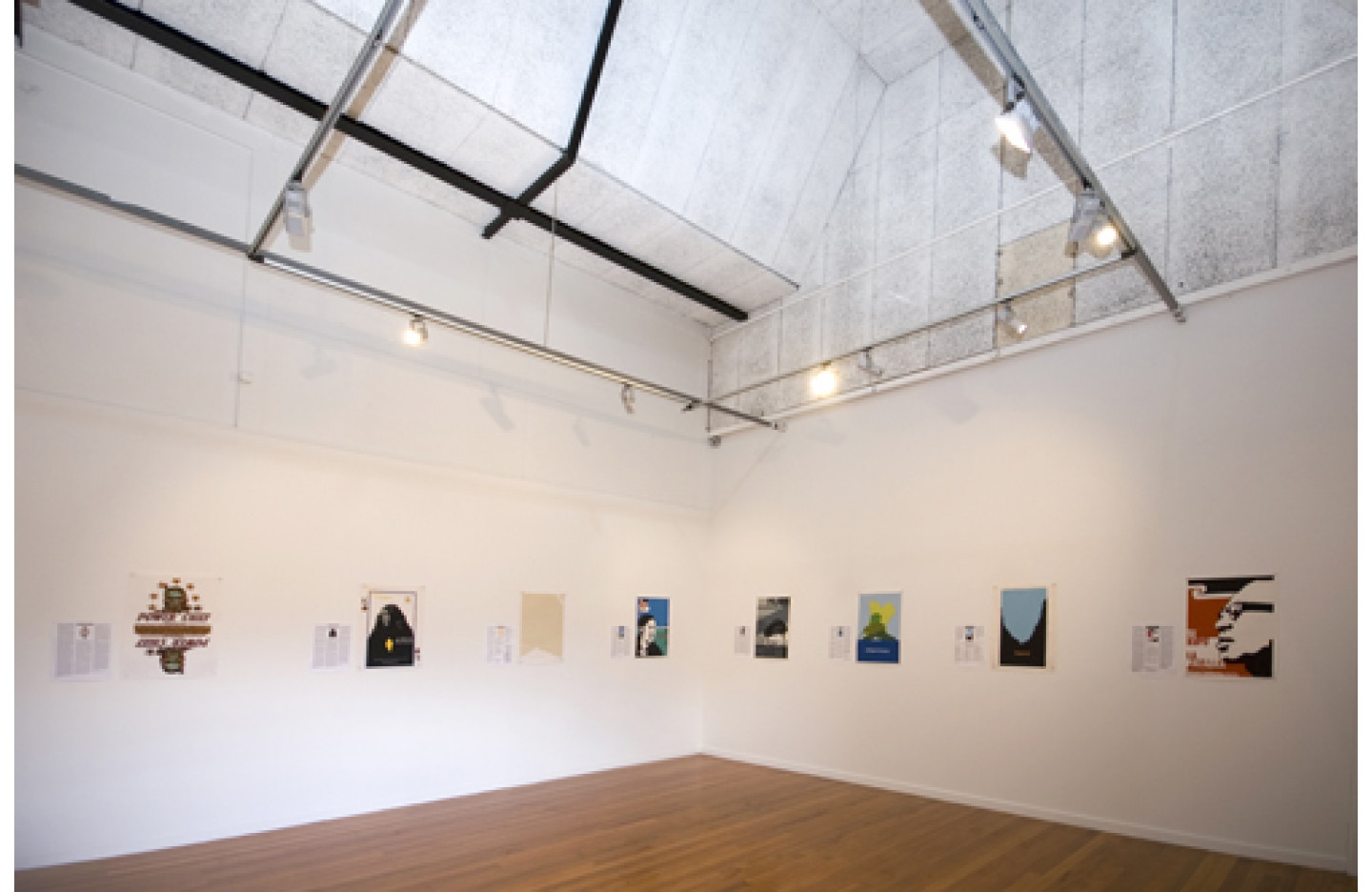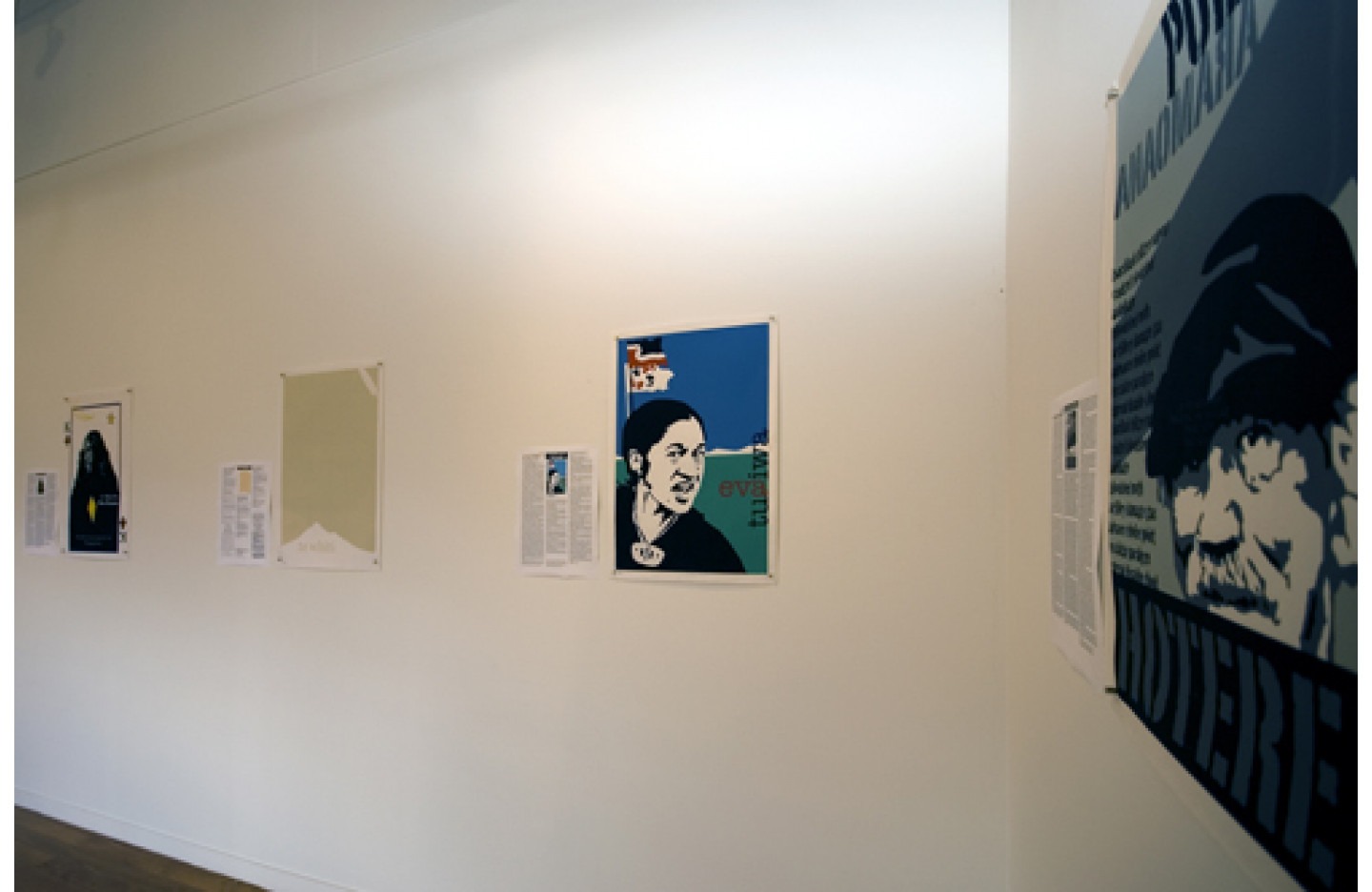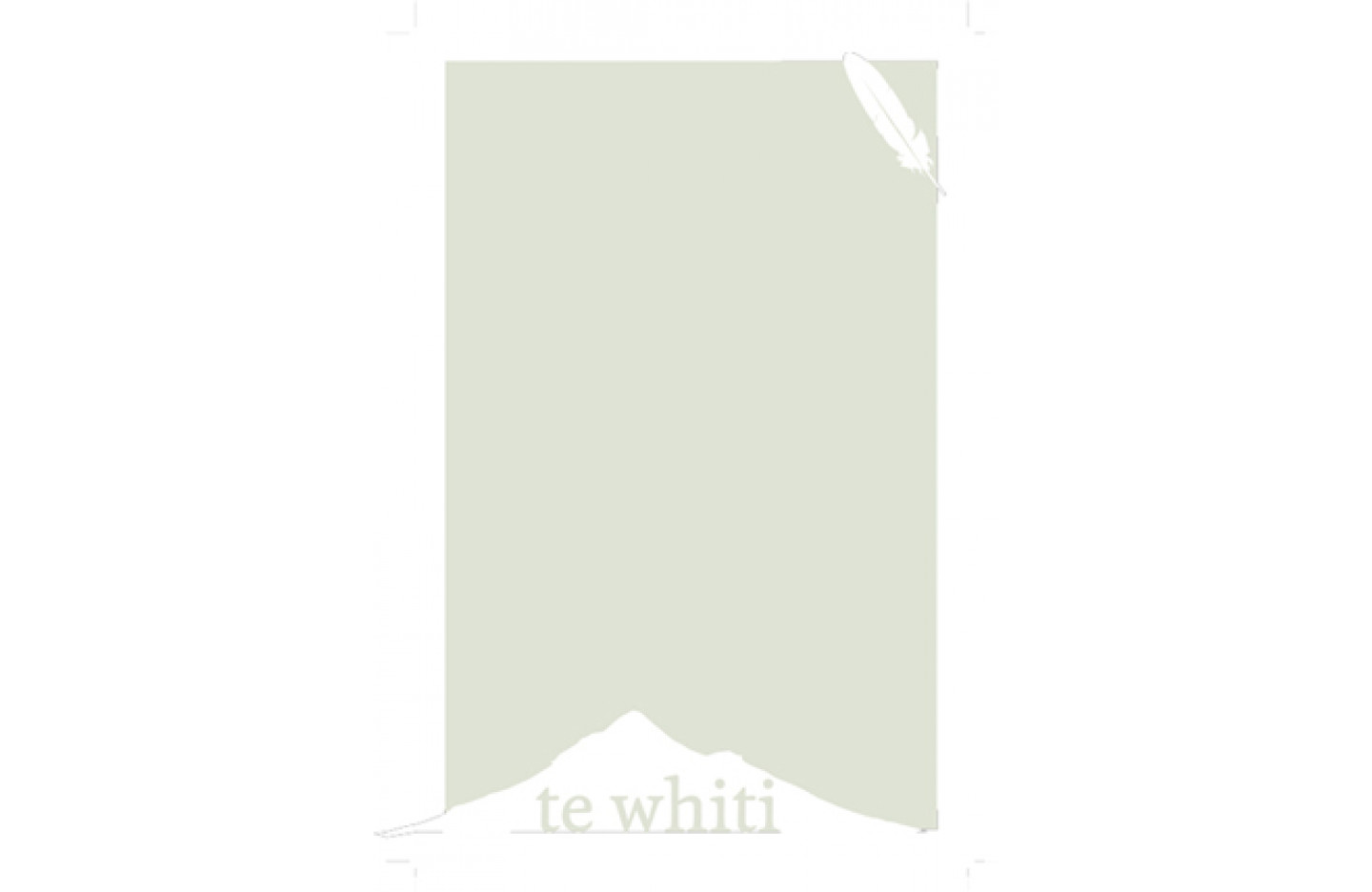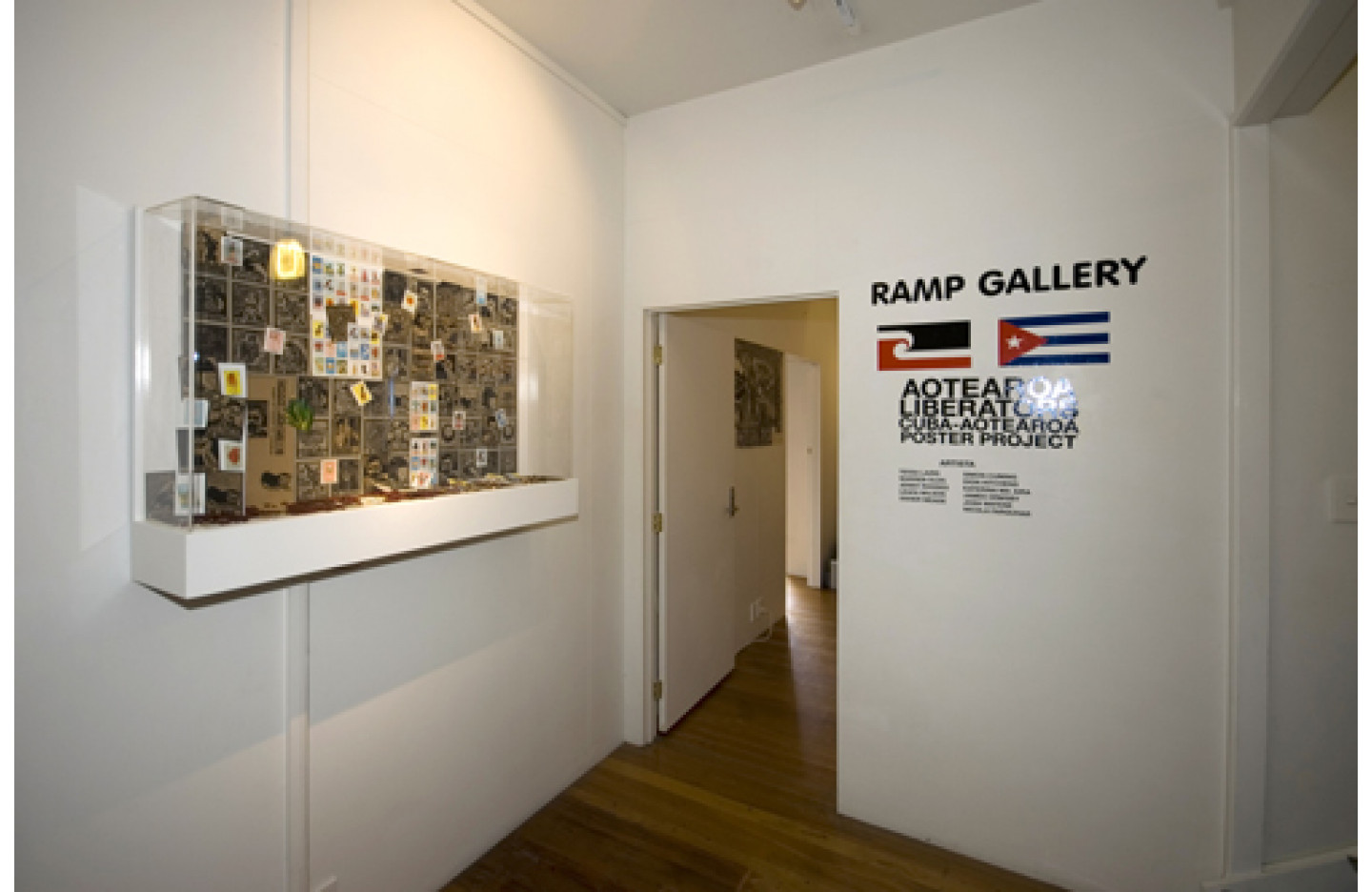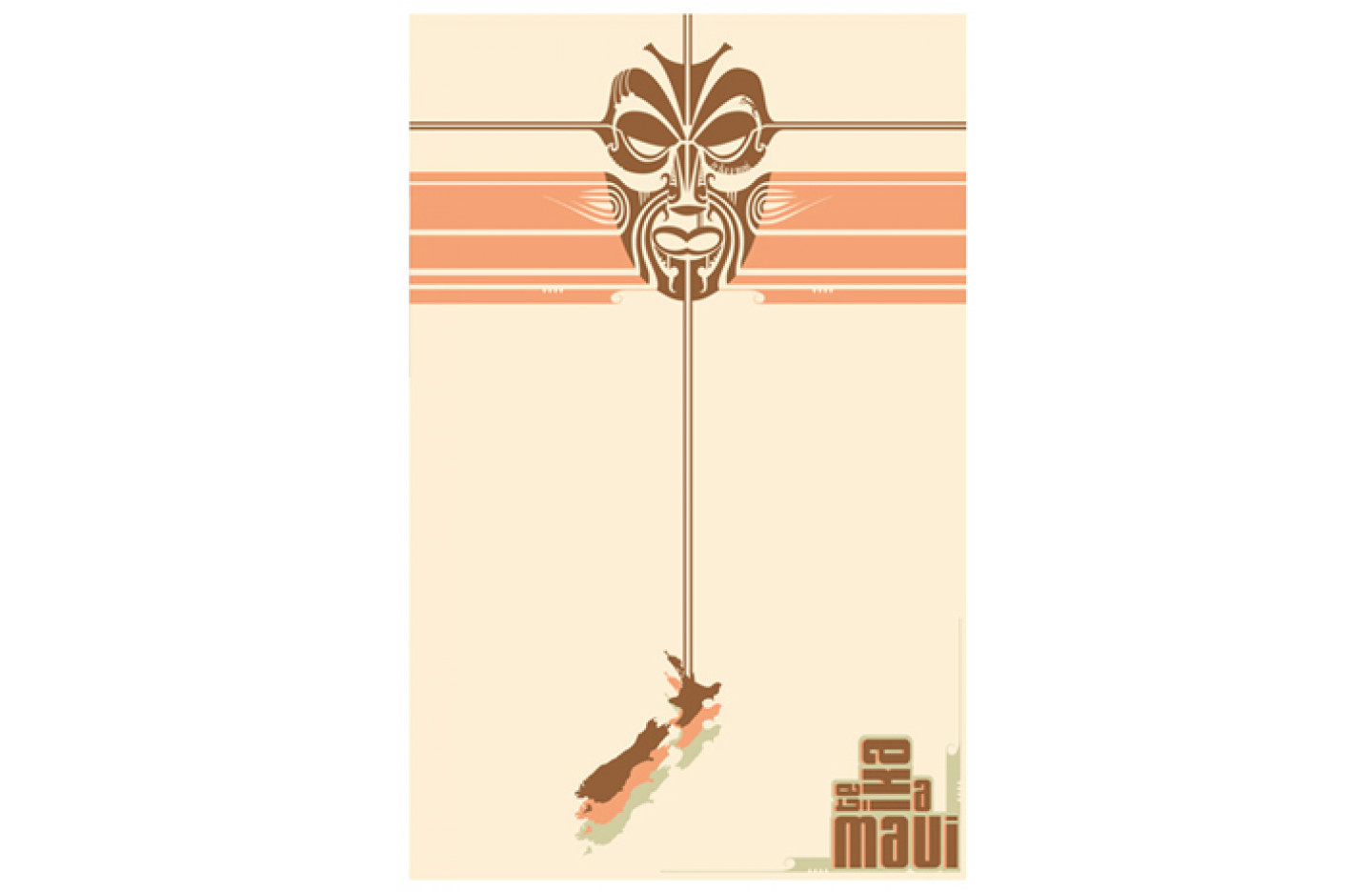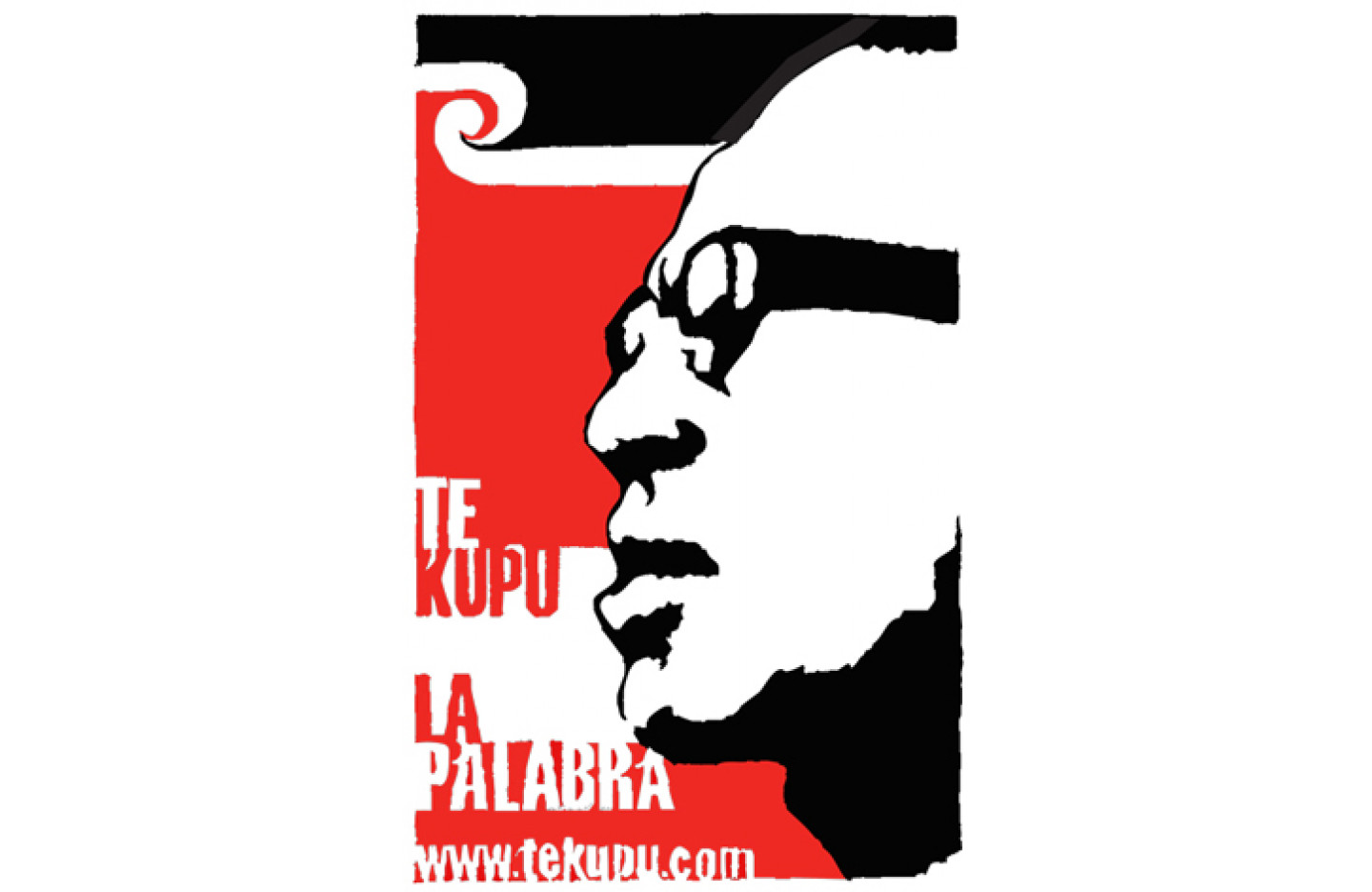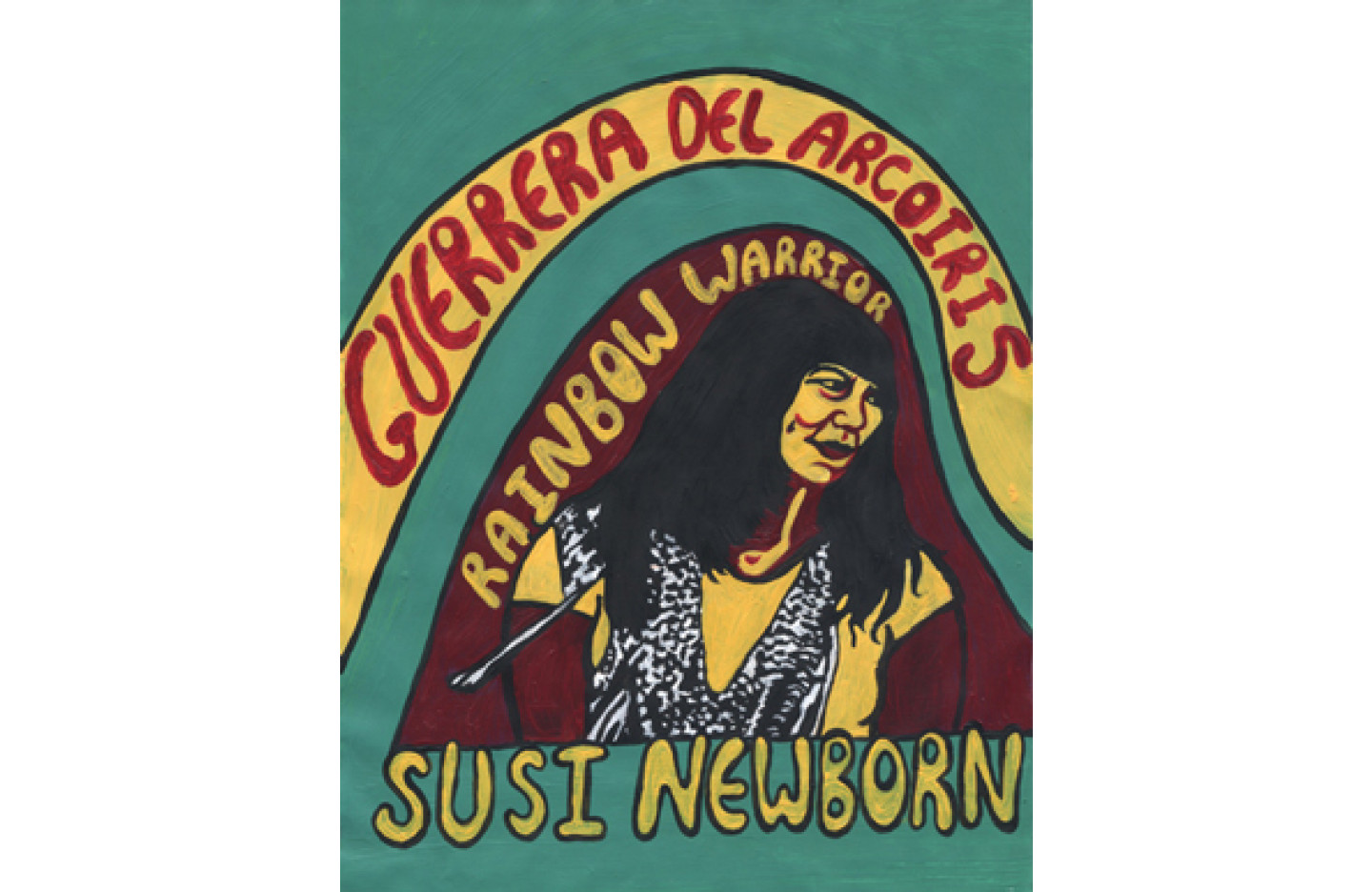Aotearoa Liberators Cuba-Aotearoa Poster Project
- 19 Feb - 07 Mar, 2008
This poster collection is the creative response by artist amigos from Aotearoa to the invitation to design a poster and write a text about a liberator/activist from these islands whose work resonates personally with them.
The designs were printed in the legendary screenprint shop of the ICAIC (Instituto Cubano de Arte e Industria Cinematográfica) in Havana, Cuba.
The ICAIC printers have produced seminal posters vital to the Cuban Revolution, and cinema and education since 1959. Justino and Enrique have worked in that print shop for more than 40 years and Justino's team did a great job under basic conditions that have not changed since the Revolution.
They don't have a computer, making the communication "old style" and the designs had to be sent by courier. They only use manual techniques. The designs are hand cut and their colour system - they call it "vitrine" - amounts to using whatever they have on the shelves.
Nevertheless, Abdul, the colourist, managed to get all the colours right. For reasons no one can explain, the designs stayed in the Cuban customs office for two months, putting pressure on the printers first to "liberate" the artwork and second to meet the deadline. Then we got the news from my main contact in Havana, Nilda Blanco Cuqui, that the printery was closed because there was no paper available, an effect of the USA embargo.
At the time we left Havana we saw yet another consequence of the embargo. The printers could not continue the work required for the yearly Cuban film festival because they could not get alcohol (a main ingredient in the cleaning of the screens).
By the time we got to Havana all the posters were printed with the exception of the one with the elephant, as they put it - Nicola's about Richard Henry (really it's a kiwi). She had specified transparent inks, something unheard of by the Cuban printers, as they work with poor quality Cuban inks mixed with Spanish when available. We took some drastic decisions about the image. Jenny's (Eva Tuaiwa Rickard) needed some reprinting too.
All the final products are just fine in my opinion. They bear an artisanal look. The process of numbering the 50 series of 12 posters at the printery was delightful with the aid of Baby's strong sweet coffees. Our project injected some energy they needed: new imagery, colour schemes, and the fact that people from the other side of the world required their skills.
During our time we were invited to the premire of a documentary about the Cuban poster since the revolution in 1959. Even though Justino and Enrique featured in the documentary, they and the rest of the printer's crew (another five) were unable to go as, at the screening time, the "guaguas" (public buses) had stopped running and to take a taxi home is just beyond their budgets (needless to say they don't have private vehicles). All this we found out the next day.
The posters were ready for their first showing, as arranged by Flor de liz Lopez Hernandez, at the ISDI's FORMA 2007 open day to coincide with the World Design Congress organised by ICOGRADA (International Council of Graphic Design Associations). The Aotearoa Liberators had the toughest competition they will ever have. There were poster shows in almost every gallery in Havana from over 30 countries around the world.
After two intense weeks in Cuba we left, having made the decision not to courier the bulk of the posters (25 kilos skilfully packed by Carolyna and Justino) from Cuba given the customs experience of the artwork but to take them on the plane to Cancun, Mexico, and to courier them from there via DHL. At the Josà Martà Havana airport boarding gate I got the call: "Xavier, you are required at customs". The last thing we wanted was to open the package. Customs did not have any sticky tape (we only had a little left ourselves) or a cutter. Finally a huge knife - probably used by the army in Angola - arrived, we made the cut. They confirmed that the two packages contained the posters. A quick patch up, and off to Cancun.
We were relieved and relatively happy, as we were not charged for extra weight by the airline. Everything will be easier in Mexico we thought wrong! Customs in Mexico wanted to charge import taxes. The officer did not want to know about cultural exchange or educational material and, more to the point, that the final destination of the posters was New Zealand.
We left the posters there with customs and washed away our bad experience for three days (national holidays de los muertos) on the beautiful coast of the Mexican Caribbean before facing up again to the fact that we had to pay to be able to get to Merida in time for the "Jornada de Dise" to hang the posters for the conference. The welcome from Mariana Estrella, Patricia Etcharren and their team from the Modelo University was awesome: they were ready and had done a great job with the introductory statement and texts that were displayed by each poster.
Then the bonus. Exhibiting the posters in Oaxaca. While in Oaxaca in September we had talked about the poster project with several artists and curators. Letitia Dufracantel and Rocio Carvajal from Casa de la Ciudad had liked the concept, set the exhibition for the 15th of November, and asked me to do an hour-long presentation for the opening.
Casa de la Ciudad is a prestigious cultural centre and gallery of the Oaxaca City Council in a magnificent colonial building located in the heart of Oaxaca. By the time we got back to Oaxaca with the posters, we encountered posters for our show on the city walls (they adapted "Te Ika a Maui" by Josh Watene). They had issued invitations, arranged a newspaper article, a TV interview, and had the mezcal ready for the opening.
An unexpected outcome of the exhibitions was the amount of time people spent looking at the posters and reading the accompanying texts. It was as if they were looking at a huge book walking from one page on to the next. For many people it was their first glimpse of the cultural history of Aotearoa.
Today, Oaxaca is the most exiting city for graphics. The walls are a constant flow of communication, in the form of grafitti, stencils and posters. The political unrest since 2006 has increased the visual flow and there are serious young artists who use the walls to ‘talk’ to the people and there are government painters who constantly erase the comunicados, creating an interesting patchwork.
The ASARO group (Socialist Assembly of Revolutionary Artists from Oaxaca) printed a special run for Aotearoa of xilographs - plywood engravings - some of which occupy the Ledge and small space at Ramp Gallery to coincide with our Aotearoa Liberators.
Arohanui
Xavier Meade de la Cueva
http://ramp.mediarts.net.nz/aotearoaliberators/
